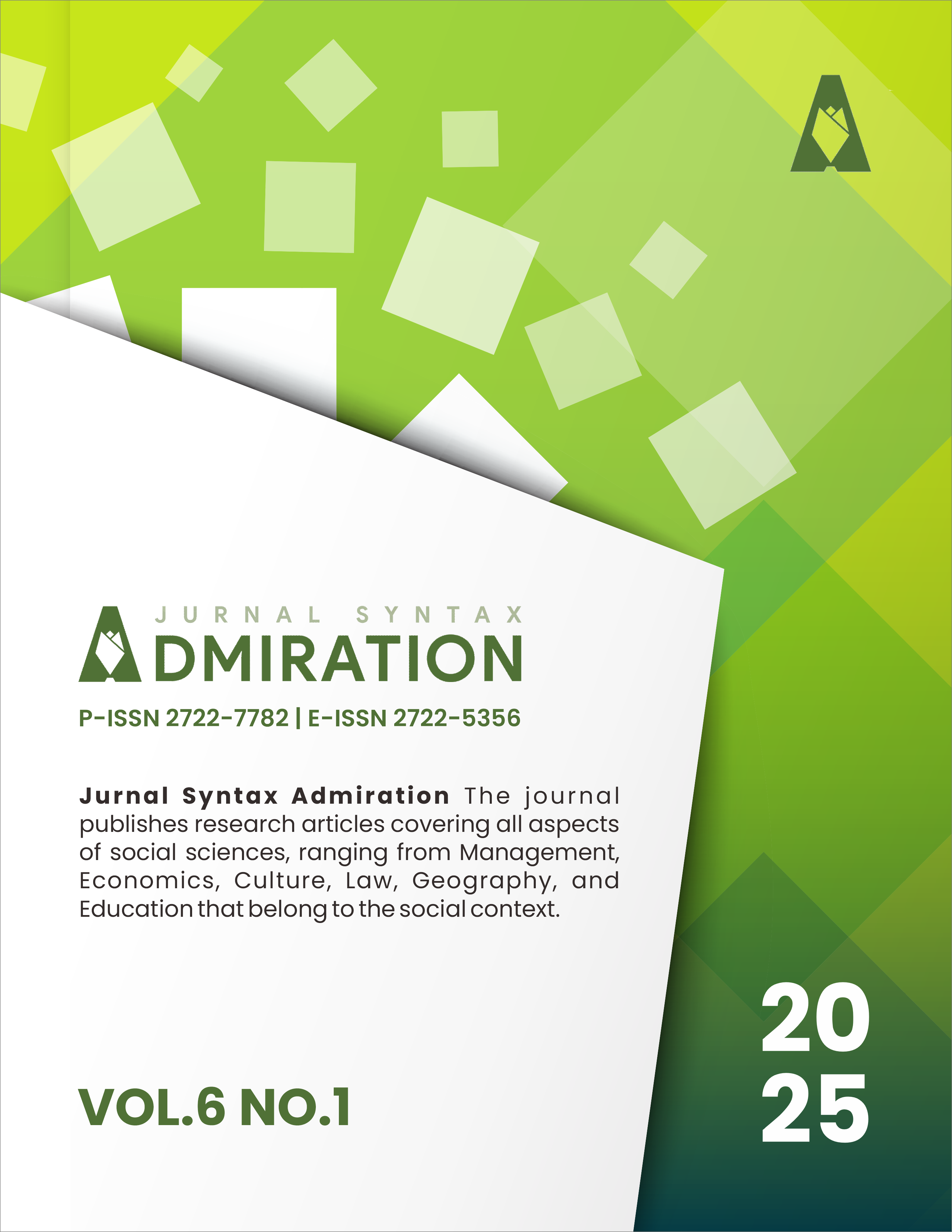Teaching English Through Music: Multimodal Learning Activities for Primary School Children
Main Article Content
This paper discusses an innovative approach to English language learning for children through the integration of music and songs. The author seeks to understand how music influences students' learning motivation and improves their English language skills. The theory underpinning this research is Gardner's multiple intelligences, which recognizes that each individual has different types of intelligence, including linguistic intelligence. The research also links this theory to multimodality, an approach that utilizes different media or ways of learning to enrich the educational process. Preliminary findings suggest that music can be an effective tool for promoting language skills, provided the methods used are varied and appropriate to the needs of the students.
Allott, N. 2010. Key terms in pragmatics. London: Continuum International Publishing.
Arnold, J., & Fonseca, M. C. 2004. “Multiple intelligence theory and foreign language learning: A brain-based perspective”. International Journal of English Studies (IJES), 4(1), 119-136.
Asher, J. 1977. Learning another language through actions: The complete teacher’s guide book. California: Sky Oaks Productions.
Barton, G., & Riddle, S. (2022). Culturally responsive and meaningful music education: Multimodality, meaning-making, and communication in diverse learning contexts. Research Studies in Music Education, 44(2), 345–362.
Barrios Espinosa, M. E. & García Mata, J. 2006. Formación en didáctica de lenguas extranjeras a través de la observación en el aula. Málaga: Universidad de Málaga.
Benenzon, R. 1995. Manual de musicoterapia. Barcelona: Paidós.
Hampp, P. (2019). Use of Songs in Teaching Simple Tobe and Past Tense Teaching. Journal of English Language and Literature Teaching, 4(1), 15–24.
Haryati, H., Nurjanah, A., & Sayudin, S. (2023). The Analysis Of Authentic Materials Usage In Teaching English As A Second Language. Eduvest-Journal of Universal Studies, 3(6), 1040–1046.
Lim, F. V., Toh, W., & Nguyen, T. T. H. (2022). Multimodality in the English language classroom: A systematic review of literature. Linguistics and Education, 69, 101048.
Pinem, Y. A. (2019). Stylistic analysis of English imperative command mood transfer to Javanese. LLT Journal: A Journal on Language and Language Teaching, 22(1), 11–22. https://doi.org/10.24071/Llt.2019.220102
Rahayu, T. (2019). An Analysis of Code Switching in Teaching English Speaking Skill Used by the Teacher and the Students at the Eighth Grade of SMPN 1 Sambit Ponorogo. IAIN Ponorogo.
Reyes-Torres, A., Portalés-Raga, M., & Torres-Mañá, C. (2021). The potential of sound picturebooks as multimodal narratives: Developing students’ multiliteracies in primary education. AILA Review, 34(2), 300–324.
Roa-Trejo, J. J., Pacheco-Costa, A., & Cuadrado, F. (2023). Exploring music and sound in multimodal literacy: A systematic review and its implications for music education. Revista Electrónica de LEEME, 52.
Wang, T., & Yu, X. (2024). PRACTICAL ANALYSIS OF MULTI-MODAL TEACHING BEHAVIOR IN ELEMENTARY SCHOOL MUSIC SINGING GAME TEACHING. Arts Educa, 41.


